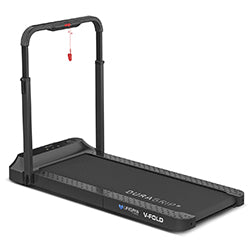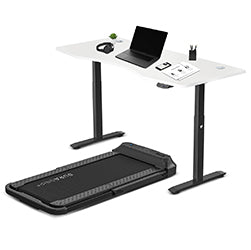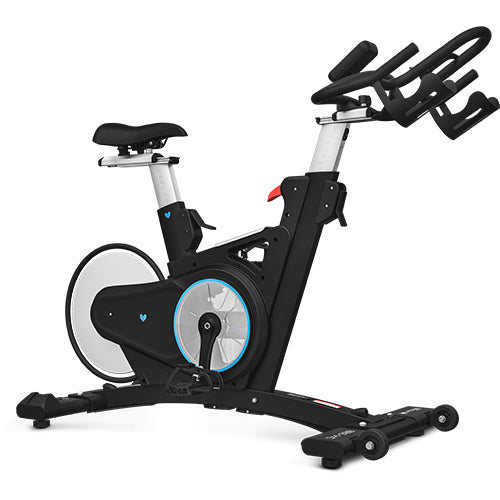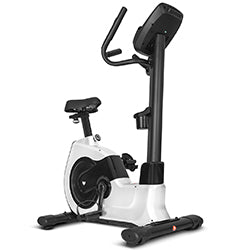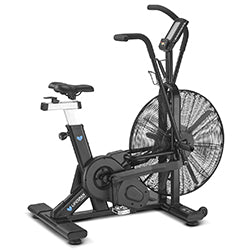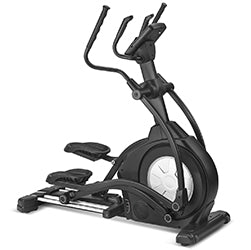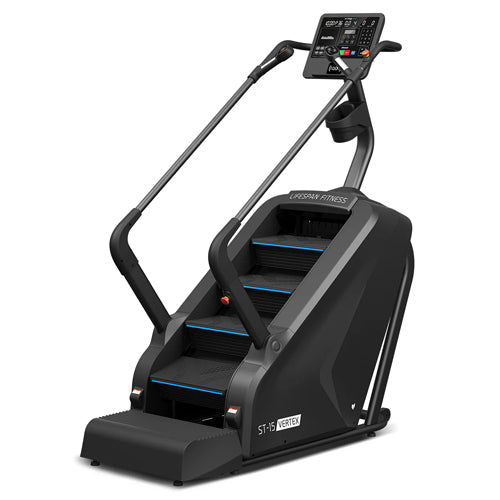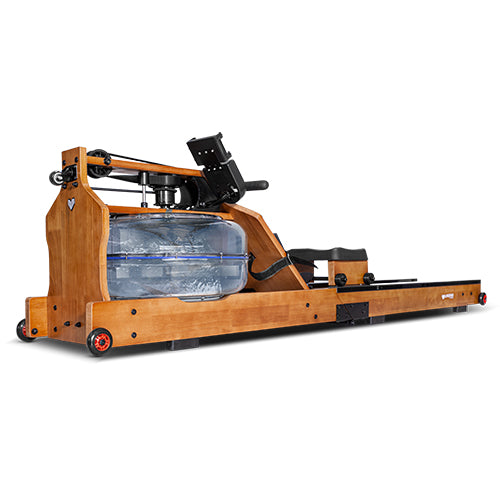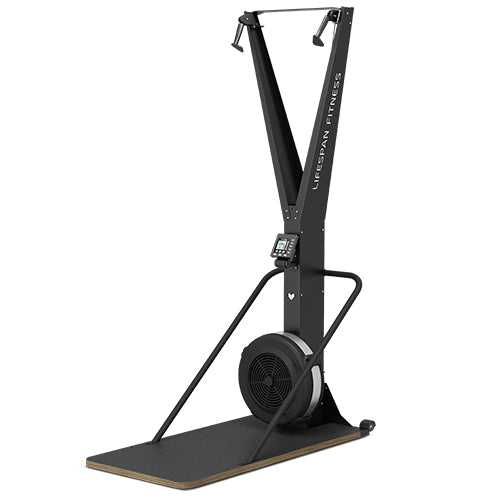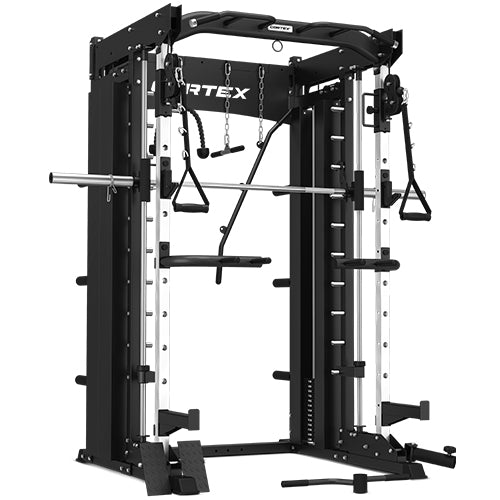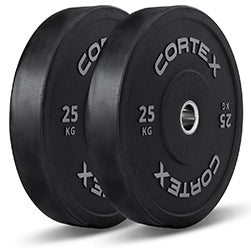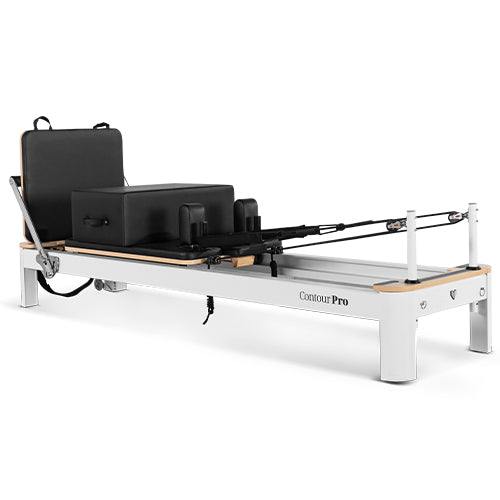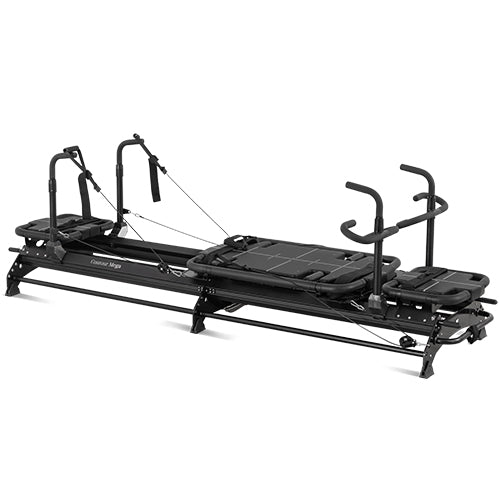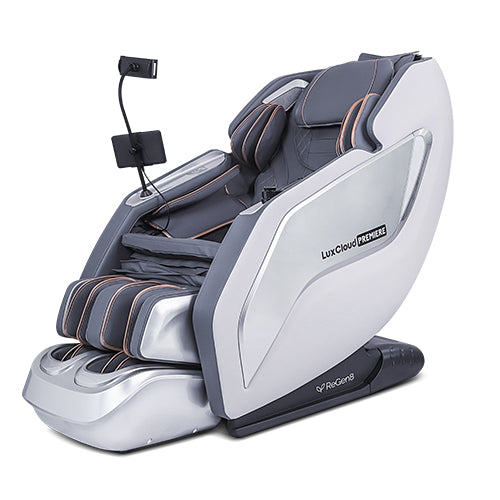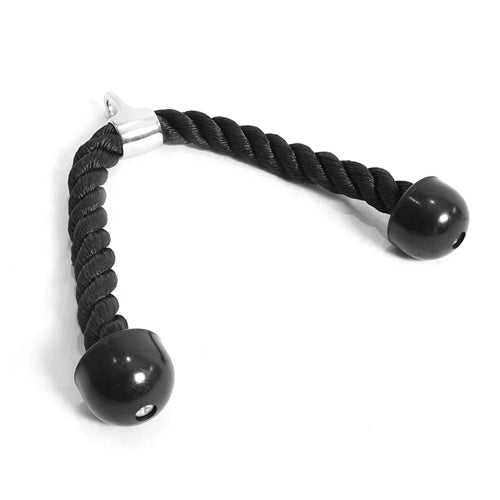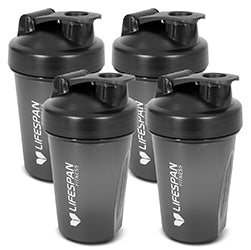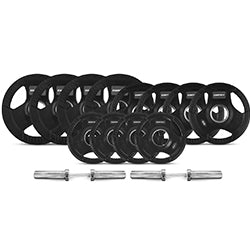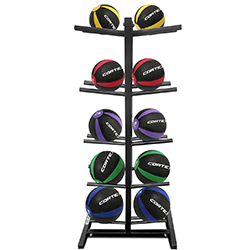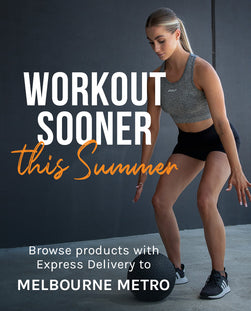

They may look the same (and have very similar names), but dumbbells and kettlebells can create very different workouts. So, let's first pin down the difference between them.
Dumbbells consist of two equal weights attached to either end of a short bar, while kettlebells are usually a cast-iron or steel weight shaped like a cannonball with an integrated handle on top.
Dumbbells are great for controlled, symmetrical movements, and can be used for both isolation exercises and compound movements. A kettlebell set is better for dynamic, swinging or ballistic movements as well as more static strength exercises.
We've put together this guide to help you decide which is the best choice for your workout and your goals.
Remember, if you're new to lifting weights, make sure to check out our beginner's guide.
Fitness Objectives

Let's start by thinking about your personal weight training program. Consider the following points:
- What you want to achieve: muscle growth, functional strength, weight loss, endurance, mobility.
- Training experience: Are you a complete beginner? Do you already have good form and strength?
- Type of weight training you prefer: static/controlled (slow lifts), ballistic / dynamic (swings, power), isolation vs compound movements.
- How much time you have: shorter, high-intensity sessions vs longer traditional workouts.
- Where you'll train: gym vs weight training at home. Space, equipment access, safety all matter.
- Burning fat vs building muscle: Some methods are more effective for weight training for weight loss, others for hypertrophy.
- Injury risk and joint health: stability, form, how forgiving the tool is when form slips.
Muscle Growth and Traditional Workouts

When it comes to regular workouts and building muscle, dumbbells are the way to go. Dumbbell exercises allow for precise, controlled movements, letting you isolate muscles with more intention and specificity. They also engage stabiliser muscles as your body tries to maintain balance and control, improving your core strength and muscle symmetry.
Dumbbells are highly forgiving for weight training for beginners, allowing you to start light and gradually increase.
Click here to read more about the benefits of dumbbell training.
Functional Strength

Kettlebells are the best choice for dynamic, functional training. Because of their shape, kettlebell movements require more stabiliser muscles, balance, coordination and core engagement. This is key for functional strength.
They allow for ballistic or swinging movements that work multiple muscle groups together. These movements tend to be better at engaging both lower and upper body at once, working the entire body and smoothing out muscle imbalances. That also means a higher calorie burn in less time, making them great tools for weight training for weight loss.
Click here for our guide on choosing the right kettlebell.
Cardio and Weight Loss
When it comes to general cardio and weight loss, both kettlebells and dumbbells can be great tools, but will work in different ways.
Kettlebells for Cardio & Fat Loss
- Kettlebell workouts often combine strength training and cardio in one session. Movements like kettlebell swings, kettlebell snatches and cleans are explosive, engaging multiple muscle groups while keeping your heart rate elevated.
- This "metabolic conditioning" style burns calories quickly for effective fat loss.
- They also improve endurance and stamina, which makes workouts more time efficient.
Dumbbells for Steady Calorie Burn
- While dumbbells are traditionally used as tools for hypertrophy and muscle building, they can also support fat loss when used in circuits, supersets or compound exercises (e.g., squats, lunges, thrusters).
- Building lean muscle mass through dumbbell training raises your resting metabolic rate, meaning you burn more calories throughout the day.
- This slower but steady approach complements longer-term weight management goals.
Best of Both

The good news is you don't have to choose between kettlebells and dumbbells. Combining the two can give you a complete, well-rounded weight training program.
- Muscle growth with dumbbells: Use dumbbells for controlled lifts like presses, curls, rows and squats. They're perfect for building muscle mass and improving symmetry.
- Functional conditioning with kettlebells: Add kettlebell swings, cleans and Turkish get-ups to build coordination and endurance. You can also use kettlebell exercises for core strength and stability.
- Circuits and supersets: Mix dumbbell and kettlebell moves in one session for maximum calorie burn and strength development.
- At home or in the gym: Both tools are compact, versatile and easy to integrate into weight training at home or as part of a larger gym setup.
Conclusion

Choosing between kettlebells and dumbbells isn't about picking the "right tool" once and forever. It's more about matching your fitness goals, your training style and what you have available.
Feel free to reach out to our team if you have any further questions about the right choice for your workout, or to get a better understanding of our range of kettlebells and dumbbells.






